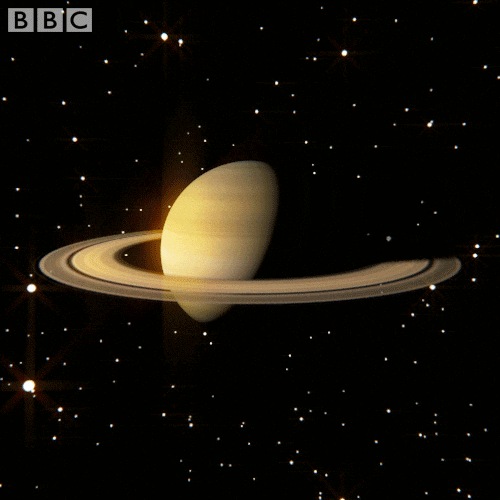Saturn, the sixth planet from the Sun, is renowned for its spectacular ring system, which is composed of countless small particles, ranging in size from micrometers to meters, orbiting the gas giant. It is the second-largest planet in our solar system, with a diameter about ten times that of Earth. Saturn is primarily composed of hydrogen and helium, similar to Jupiter, and is less dense than water, making it the only planet in our solar system with an average density less than that of water.
The planet's atmosphere exhibits a banded appearance due to variations in cloud composition and height, driven by strong equatorial winds and rapid rotation. Saturn's axial tilt is similar to Earth's, resulting in seasonal variations on the planet. The interior of Saturn is believed to consist of a small rocky core surrounded by a deep layer of metallic hydrogen, and a gaseous outer layer. Its magnetic field is weaker than Jupiter's but still significantly stronger than Earth's.
5 Fun Facts About Saturn
- Saturn's rings are incredibly wide, spanning hundreds of thousands of kilometers, yet they are remarkably thin, with a vertical thickness of only about 20 meters in some places.
- Saturn has numerous moons, with more than 80 confirmed, including Titan, the second-largest moon in the solar system and the only moon with a dense atmosphere.
- The planet's rapid rotation causes it to flatten at its poles and bulge at its equator, making it an oblate spheroid.
- Saturn emits more energy into space than it receives from the Sun, possibly due to the slow compression of its interior.
- The Cassini spacecraft, which orbited Saturn for 13 years, revealed a wealth of information about the planet, its rings, and its moons, including the discovery of potential hydrocarbon lakes on Titan.
